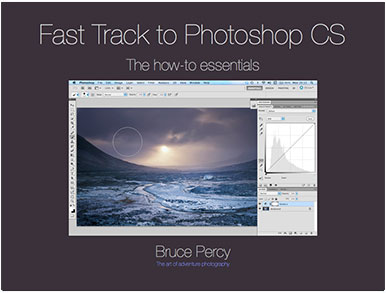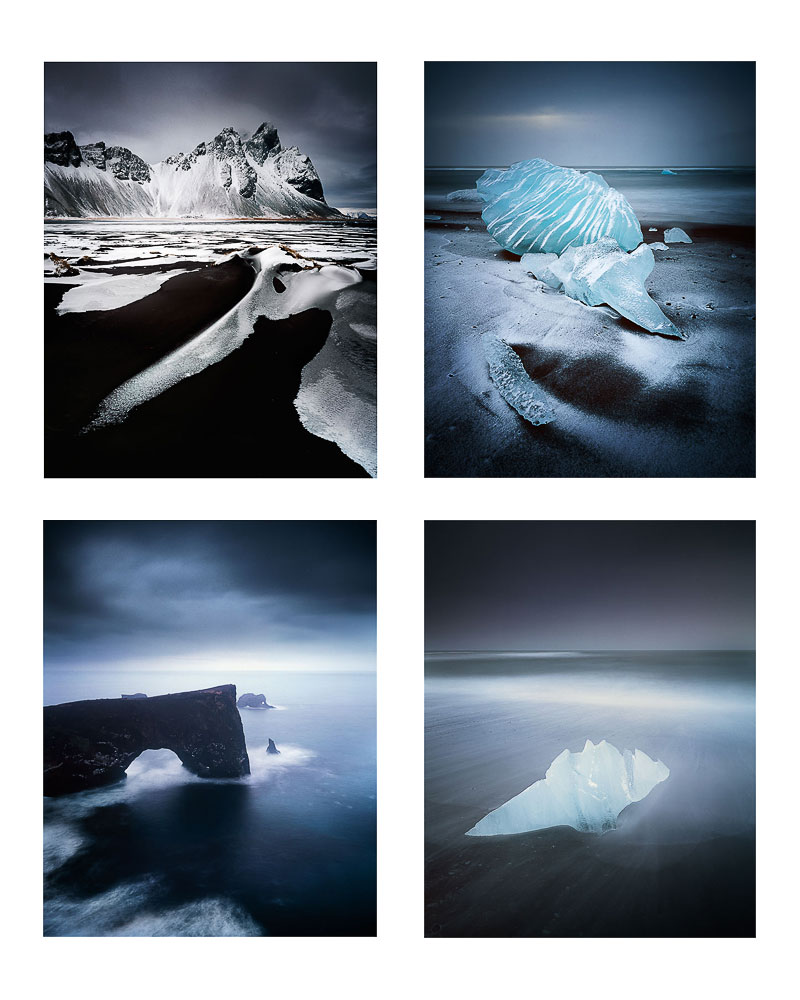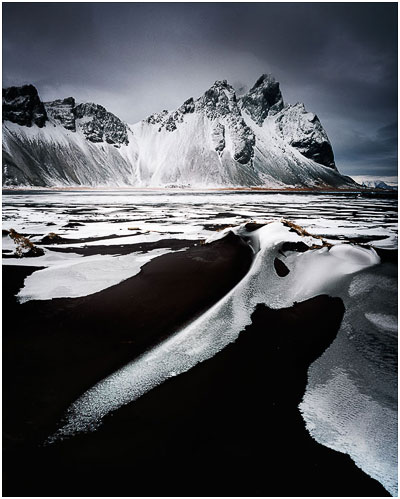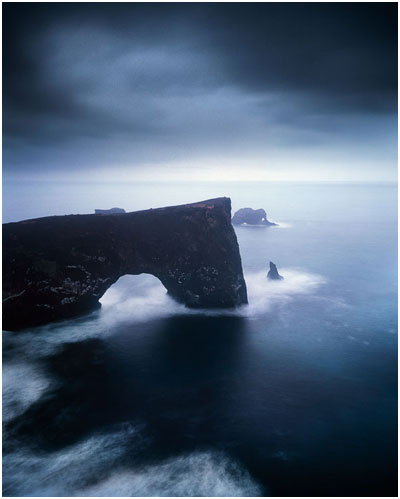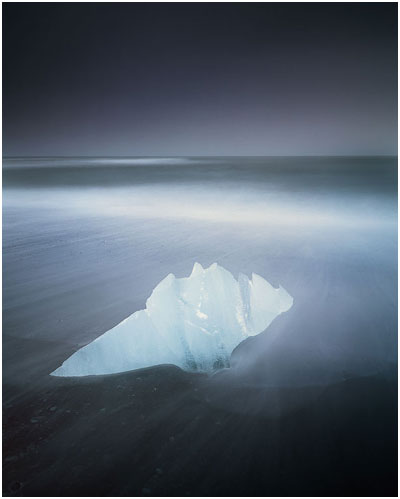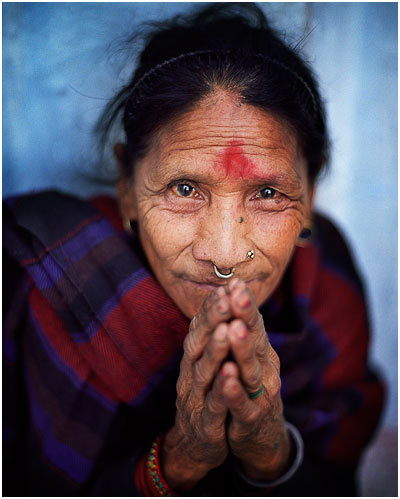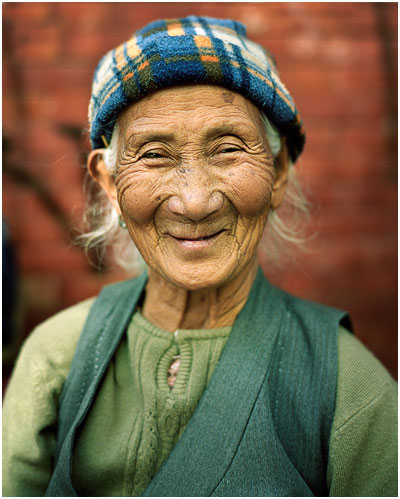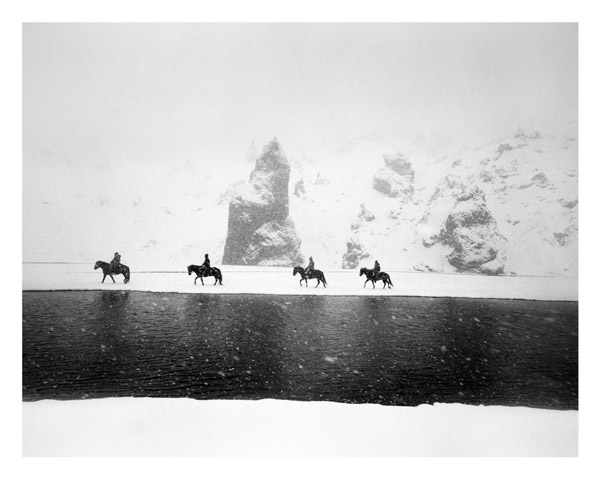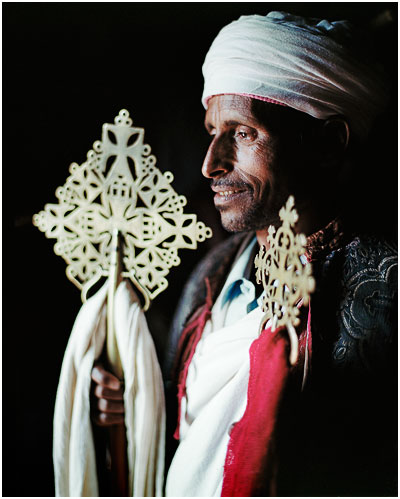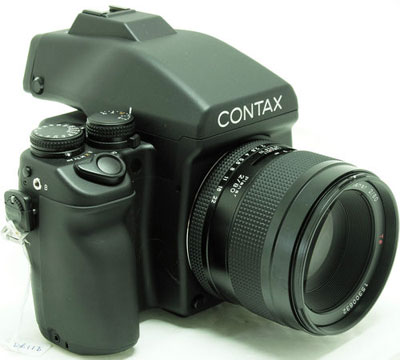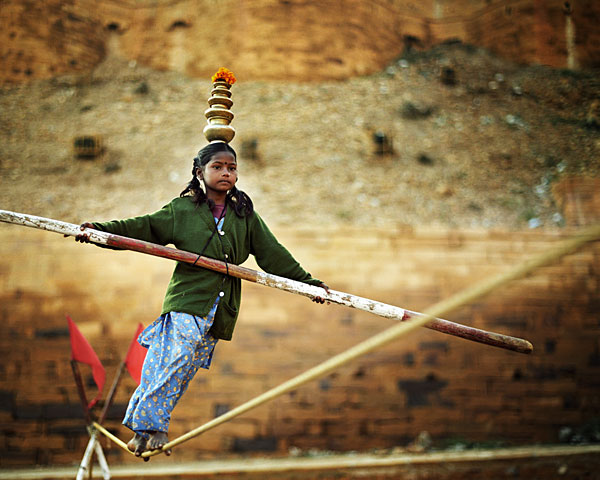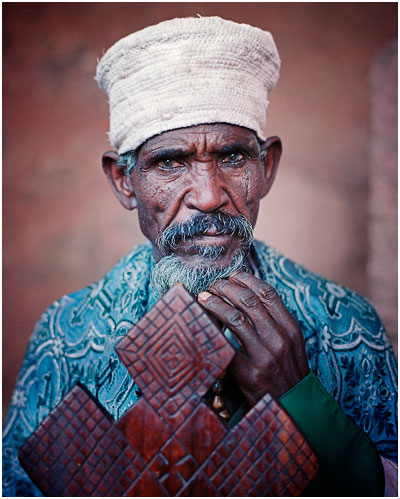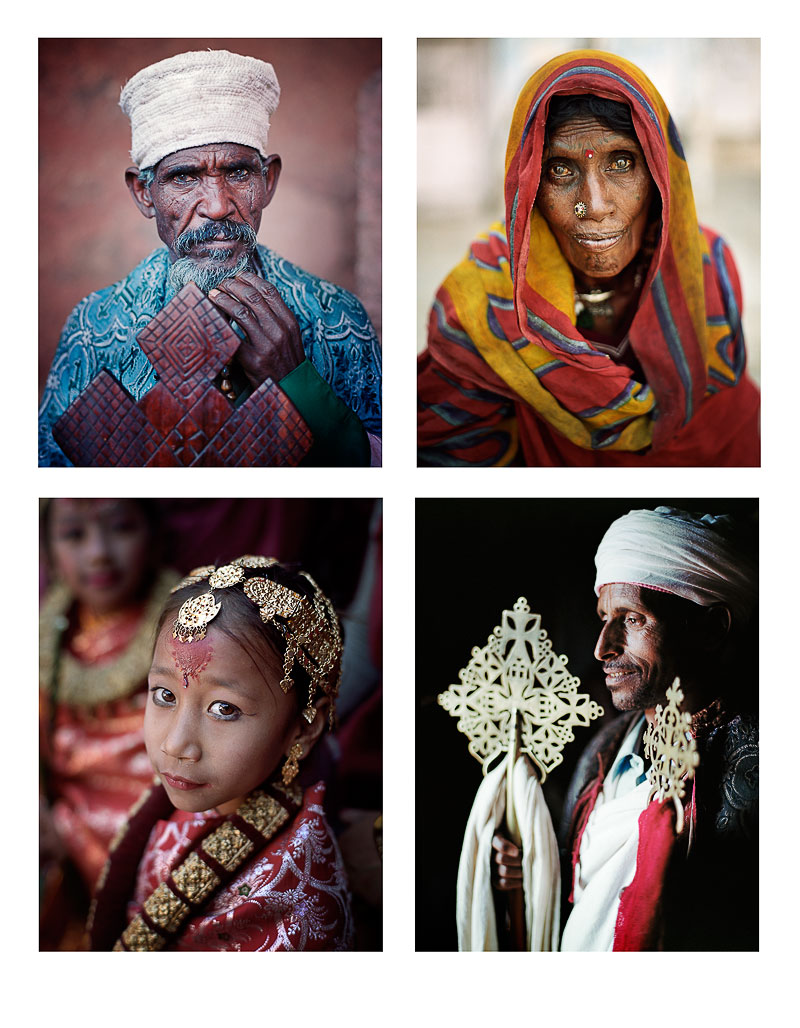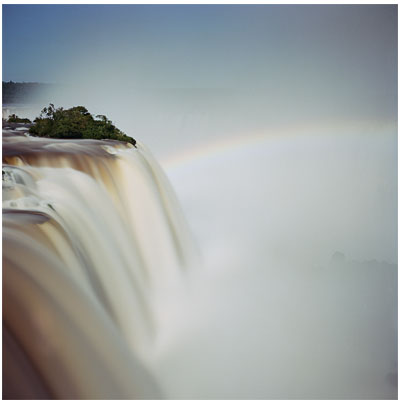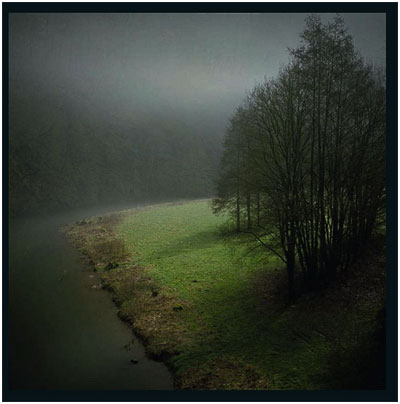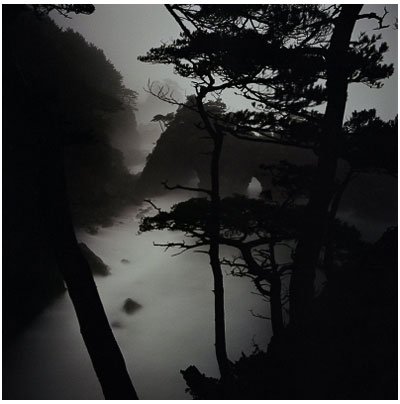I believe very much, that when we create art, we do it for ourselves and everything else comes as secondary to that purpose. To do it for other reasons, is to lose one's way and soon, we are floating on a sea of uncertainty.

I had an interesting discussion with my good friend Niall today in which he felt that for some, creating art requires a sense of confidence in order to do it. I've often heard many workshop participants tell me they don't know if what they're doing is right or not, and some have also brought up the idea that confidence is lacking in what they do.
I can understand a degree of uncertainty at times. I think this is natural and when we're new to any new hobby or passion, we don't often know which way to go. What equipment should we buy? What is good light? Am I being ridiculous trying this out? This is simply a case of going outside of our comfort zone. But maybe for some, maybe for you - the act of creating anything at all is a new thing in life? If so - I would love to hear if you feel that creating something requires confidence?
I've always thought of creating art as an expression of freedom. It is a place where our minds are allowed to roam, unconstrained from timescales, pressures or limits. By placing the concept of confidence on our work, I believe it to be another form of writers-block - in other words, a barrier we have put up, to prevent us from taking chances. Because when we take chances, we are opening ourselves to the possibility of failure.

There should be no constrictions places upon creating things. No boundaries or rules. There are no rights or wrongs. There is just the act of doing what we feel we want to do next. And enjoying that freedom. Creating art should be a freeing thing to do, not something that we get tangled up in and frozen into a state of inertia.
I'd love to ask you if you feel your photography is bounded by your own confidence in what you do?
My friend and I continued our discussion, and he being from a scientific background, suggested that most of his life has not entertained too much creativity, and so for him to go out there with a camera and make images, he sometimes feels as if he is a 'fraud' in what he does. I can relate to this very much if I look at my sports experience while at School: I was terrible. Always the last person to be chosen for a team because I had two left feet and I would only hold a sports team back. Since then, I've always felt a lack of real confidence to get involved in most sporting activities. It doesn't sit well with me. On the other side of the coin, if I look back to my childhood, I was always drawing and painting. I was an arty kid. So I guess through being creative since an early age, I have never experienced the 'lack of confidence' that my friend is talking about, because I've always been creating things from my very earliest of memories. Creating art feels natural. Perhaps to some, it doesn't?
Back to my first paragraph: I believe very much, that when we create art, we do it for ourselves and everything else comes as secondary to that purpose. To do it for other reasons, is to lose one's way and soon, we are floating on a sea of uncertainty.

That uncertainty is what kills our creativity. Doubt is introduced, and when doubt comes along, we lose everything.
I'm very aware of this myself, because with my own photography business, I could get sidetracked into creating work that I think will interest you as a reader to my blog. I haven't felt any pressure to do so, nor have I ever pandered to the idea that my work is for the consumption of others: I do what I do, for me, and because I am driven to do it.
I think it's a shame if the 'confidence' required to create art is because one feels they do not measure up to another's work, or whether we feel we must prove our validity to others. I think this is why I've never really been interested in competitions as such. Art is not a competitive thing for me, but I can understand and appreciate that competitions give some a sense of validity and encouragement to what they do (heck, I'm sure I'd be delighted if I won a competition!) But really, I think we have to please ourselves first and foremost.
We do art because it's what we saw and what we felt. If we do it for those reasons alone, we can't go wrong. I would love to hear your thoughts on confidence when creating art.

